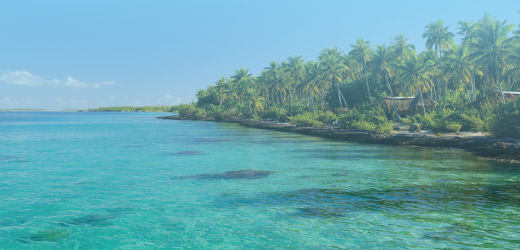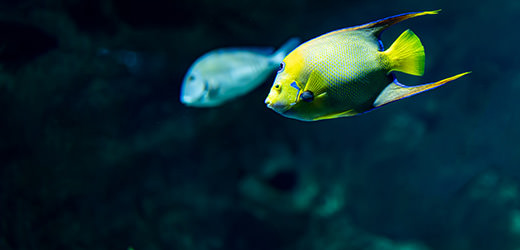Artichoke Coral
Scolymia sp.Biology
This coral forms a solitary, large fleshy, circular to oval polyp, attached to the substrate. Its skeleton is round or oval with a central area that is usually flat to somewhat convex, rarely concave. There are some rare cases of colonies of 2 to 4 individuals. The Artichoke coral comes in many colours from purple, brown, green or even red to orange when its tissues are fluorescent.
Food
Like many other corals, artichoke coral feeds on plankton captured by night thanks to its tentacles with stinging cells. These tentacles are retracted during the day. However, the main nutrient intakes is provided by single-celled algae called zooxanthellae contained in its own tissue. This coral maintains a close symbiosis with them. Under the action of the light and thanks to the carbon dioxide released by the coral, algae grow on the polyp surface and bring it determining nutrients in the skeleton elaboration.
Due to its many colours and its fluorescence, this coral is a species highly prized by aquarists.


